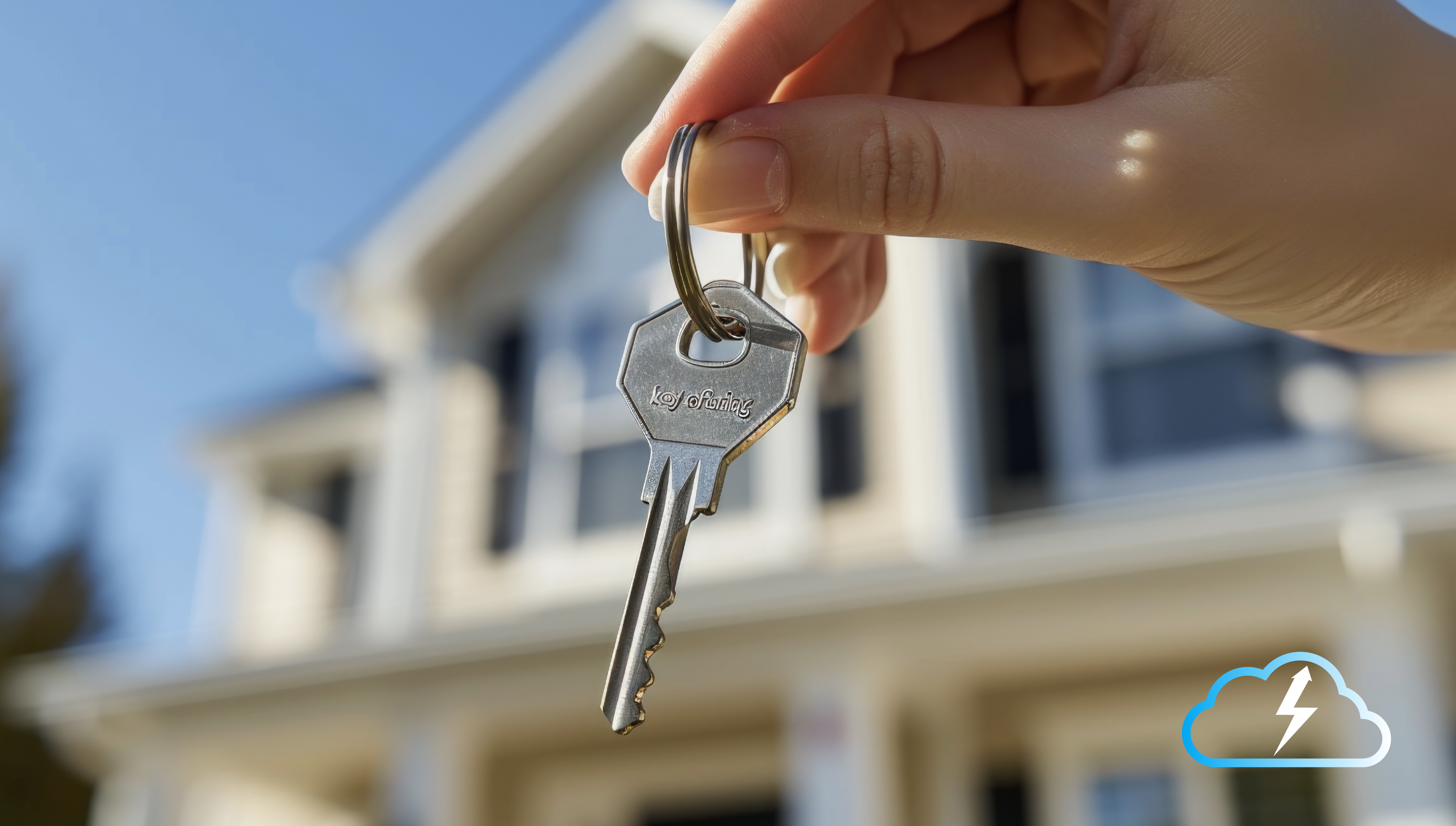Using the Funds in Your FHSA
Now that you know the basics of the FHSA, let’s dive into how to actually use it to buy your first home and some practical tips along the way. First things first, your FHSA isn’t just a place to stash cash—it’s an investment account. You can grow your savings within your FHSA by investing in a variety of options like stocks, bonds, mutual funds, and GICs (Guaranteed Investment Certificates). It works just like a TFSA or RRSP, but the focus is all about making your dream of homeownership a reality.
When you’re finally ready to take the plunge and buy your first home, the best part kicks in—you can withdraw the money from your FHSA tax-free. That’s right, whether you need it for your down payment or other home purchase costs, you won’t have to pay a dime in taxes on those withdrawals, making it a super-efficient way to save for your first home.
Considerations Before Withdrawing
But wait, before you start dreaming of your new front porch, there are a few things to keep in mind. You’ve got plenty of time to make your homeownership dreams come true—you can keep your money in an FHSA for up to 15 years from the time you open the account, or until the year you turn 71, whichever comes first. This gives you ample time to plan, save, and invest wisely.
And what if you don’t end up buying a home? No stress! Life doesn’t always go as planned, and the government gets that. If you don’t end up using your FHSA funds for a home purchase, you can transfer the money to your RRSP or RRIF without any penalties. This keeps your savings working for you in a tax-advantaged account, so you don’t lose out. However, if you decide to withdraw the money for non-home purchase expenses, be aware that you may have to pay taxes on the amount withdrawn, just like any other RRSP withdrawal.
Managing Your FHSA Account
Now let’s talk about keeping your FHSA in tip-top shape. Just like any other investment account, managing your FHSA wisely is key to maximizing its benefits. Regularly monitor your investments to ensure they align with your risk tolerance and financial goals. It might be tempting to take risks to grow your savings quickly, but remember—the goal is to have enough when you’re ready to buy your home, not to get rich quick.
Additionally, keep an eye on your contribution limits to avoid any over contributions. You can contribute up to $8,000 per year, with a lifetime maximum of $40,000. Over contributing can lead to penalties, which are easily avoidable with a little planning.
Lastly, if your life plans change and you’re no longer aiming to buy a home within the FHSA’s time frame, be proactive about transferring your funds to an RRSP or RRIF to continue enjoying tax-deferred growth.
Conclusion: Maximize Your FHSA for Homeownership
In summary, FHSAs are a fantastic tool for first-time homebuyers, thanks to their unique tax benefits and flexibility. They allow you to save and grow your money tax-free, making the dream of owning a home more achievable. If you’re serious about buying your first home, consider making the most of your FHSA. And remember, while your FHSA is great for home savings, you can also mix and match with other accounts like a TFSA for more flexible goals or an RRSP for retirement planning. The key is to find the right balance that works for you!
FAQs
Q1: Can I keep my FHSA open even if I haven’t found a home yet?
A1: Yes, you can keep your FHSA open for up to 15 years from the time you open it or until you turn 71, whichever comes first. This gives you plenty of time to find the right home.
Q2: What happens if I overcontribute to my FHSA?
A2: If you contribute more than your annual or lifetime limit, you may face penalties. It’s important to keep track of your contributions to avoid this.
Q3: Can I withdraw money from my FHSA for something other than a home?
A3: Yes, but be aware that you’ll have to pay taxes on any withdrawals not used for purchasing a home, just like with an RRSP.
Q4: How do I transfer my FHSA funds to an RRSP or RRIF?
A4: You can request a transfer through your financial institution. The transfer is tax-free and keeps your savings within a tax-advantaged account.
Q5: What types of investments can I hold in my FHSA?
A5: You can hold a variety of investments, including stocks, bonds, mutual funds, and GICs, giving you flexibility in how you grow your savings.

